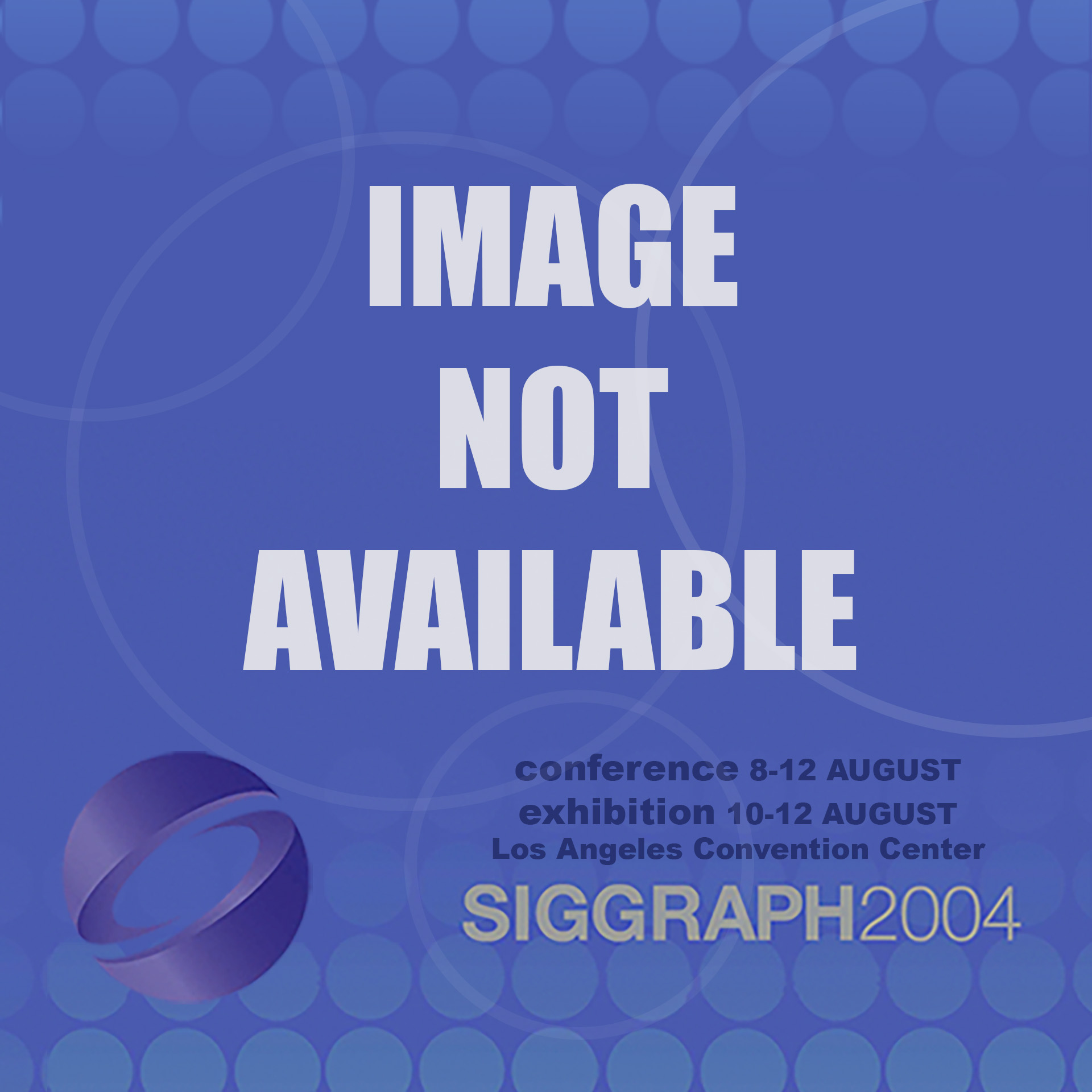“Inelastic scattering in participating media using curved photon mapping” by Gutierrez, Anson, Munoz and Seron
Conference:
Type(s):
Title:
- Inelastic scattering in participating media using curved photon mapping
Session/Category Title: Global Illumination
Presenter(s)/Author(s):
Abstract:
True global illumination algorithms in participating media are very costly, owed to the multiple interactions between light and the medium that need to be evaluated in order to achieve a correct result. Some common simplifications include considering only homogeneous media and single, isotropic scattering.
We present Lucifer, a global illumination environment capable of handling inhomogeneous, participating media while taking into account multiple inelastic scattering. Additionally, light is bent through the media according to Fermat’s Principle. To the authors’ knowledge, it is the first time that all these conditions and effects are considered in a single algorithm. Several limitations and mechanisms of the Human Visual System (HVS) are also computed before mapping the image to the output device.
References:
Berger, M. and Trout, T. 1990. Ray tracing Mirages. IEEE Computer Graphics and Applications. 11(5):36–41.
Cerezo, E. and Seron, F. J. 2003. Inelastic Scattering in Participating Media. Application to the Ocean. Annual Conference of the European Association for Computer Graphics, Eurographics 2003.
Glassner, A. 1995. A Model for Fluorescence and Phosphorescence. In Photorealistic Rendering Techniques. Sakas, Shirley, Müller (eds.), Springer Verlag 18: 60–70.
Groeller, E. 1995. Nonlinear ray tracing: visualizing strange worlds, Visual Computer 11(5), Springer Verlag, 1995, 263–274
Jensen, H. W. 2001. Realistic image synthesis using photon mapping, AK Peters, ISBN 1-56881-147-0.
Musgrave, F. K. 1990. A Note on Ray Tracing Mirages. IEEE Computer Graphics and Applications, 10(6):10–12.
Stam, J. and Languenou, E. 1996. Ray Tracing in Non-Constant Media. Proceedings of Rendering Techniques ’96, pp. 225–234.
Wilkie, A., Tobler, R. F. and Purgathofer, W. 2001. Combined Rendering of Polarization and Fluorescence Effects. In Rendering Techniques 2001 (Proc. Eurographics Workshop of Rendering 2001. Gortler S. J., Myszkowski K. (eds.), Springer Verlag 18: 197–204, 2001
Acknowledgements:
This research was partly done under the sponsorship of the Spanish Ministry of Education and Research through the projects TIC-2000-0426-P4-02 and TIC-2001-2392-C03-02. The authors would also like to thank Guillermo Gutiérrez for his initial contribution to this research.




